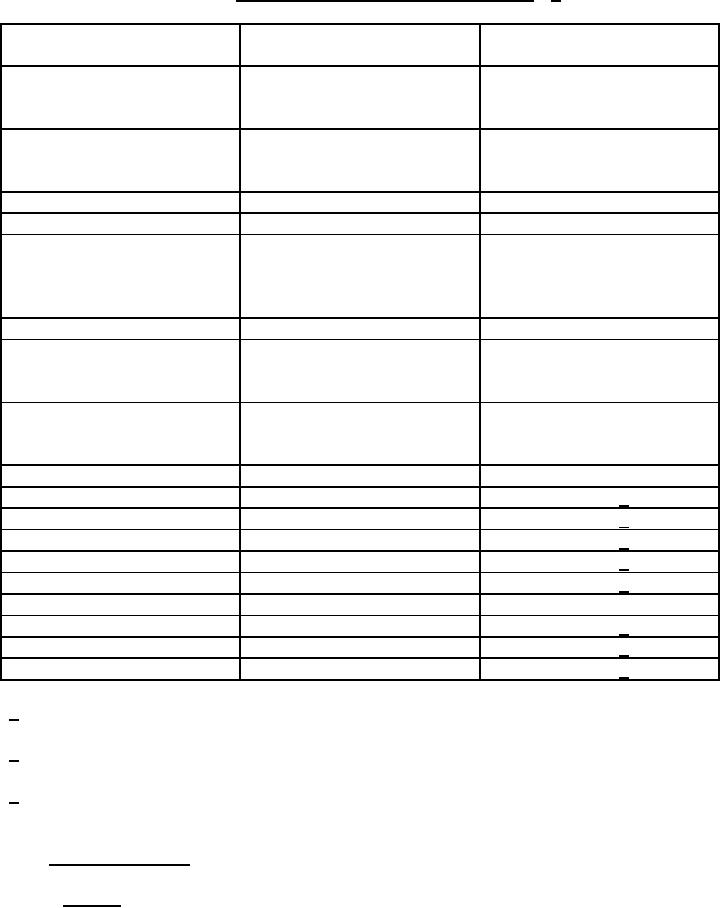 |
|||
|
Page Title:
Table I. Chemical composition (product analysis) |
|
||
| ||||||||||
|
|  MIL-A-12560H (MR)
w/INT. AMENDMENT 4
TABLE I. Chemical composition (product analysis). 1/
Maximum range,
Maximum limit,
Element
weight percent
weight percent
0.30 up to 2" thick, incl
0.33 over 2" up to 4"
Carbon
0.10
0.35 over 4"
Manganese:
Up to 1.00% incl.
0.30
---
Over 1.00%
0.40
---
Phosphorus
---
0.025
Sulfur
---
0.015
Silicon:
Up to 0.60% incl.
0.20
---
Over 0.60% to 1.00% incl.
0.30
---
Over 1.00%
0.40
---
Nickel
0.50
---
Chromium:
Up to 1.25% incl.
0.30
---
Over 1.25%
0.40
---
Molybdenum:
Up to 0.20% incl.
0.07
---
Over 0.20%
0.15
---
Vanadium
0.10
---
Boron
---
--- 2/
Copper
---
0.25 3/
Titanium
---
0.10 3/
Zirconium
---
0.10 3/
Aluminum
---
0.10 3/
Lead
---
0.01
Tin
---
0.02 3/
Antimony
---
0.02 3/
Arsenic
---
0.02 3/
1/ This table lists the maximum range for elements of the manufacturer's established chemical
composition.
2/ When the amount of boron is specified in the alloy, its content so determined by heat analysis
shall not exceed 0.003 percent.
3/ When the amount of an element is less than 0.02 percent the analysis shall be reported as 0.02
percent.
3.2.4 Processing controls.
3.2.4.1 Heating. Stress relieving the plates, local or general, shall be allowed after final
quenching and tempering at a maximum temperature of 50F below the tempering temperature.
5
|
|
Privacy Statement - Press Release - Copyright Information. - Contact Us |